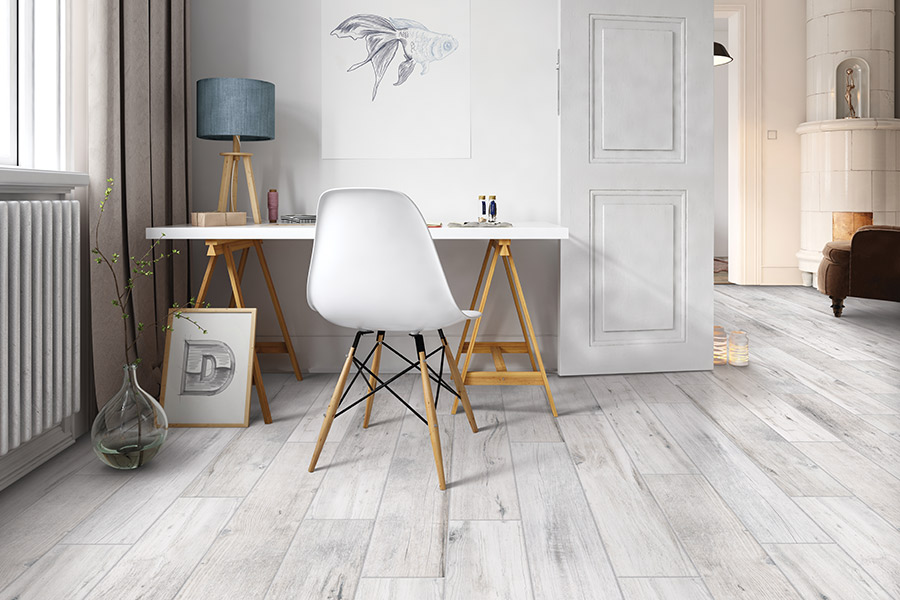
Professional Tile Floors
 Satisfaction Guaranteed
Satisfaction Guaranteed
 Affordable Financing Options
Affordable Financing Options
 0% Interest For 5 Years
0% Interest For 5 Years
Call Now For A Free Quote
Schedule Your FREE In-Home Estimate Now!
Customer Reviews

Expert Craftsmanship
Our skilled craftsmen pay meticulous attention to detail, delivering impeccable workmanship that stands the test of time.
Certified Technicians
Highly trained and certified technicians with the expertise to handle all aspects of your bathroom remodel, and the cleanup process.
Customized Solutions
Tailoring each project to your unique needs, we create custom bathroom designs that reflect your style and preferences.
Environmental Responsibility
Adherence to environmentally friendly practices, including responsible disposal of materials and use of eco-friendly products.
Tile installation is a transformative process that can elevate the aesthetics of any space while providing durability and easy maintenance. Whether you’re considering a kitchen backsplash, bathroom floor, or an entire living space makeover, mastering the art of tile installation is essential. This comprehensive guide will walk you through the key steps and considerations to ensure a successful and visually stunning tile installation.
Understanding Tile Types
Before diving into the installation process, it’s crucial to choose the right type of tile for your project. There are various options, including ceramic, porcelain, natural stone, and glass tiles. Each type has unique characteristics, so consider factors such as durability, water resistance, and design preferences before making a decision.
Surface Preparation
Proper surface preparation is the foundation of a successful tile installation. Start by ensuring that the substrate (the surface where the tile will be installed) is clean, flat, and structurally sound. Repair any cracks or imperfections and address any issues that could affect the stability of the tile.
Substrate Underlayment
In some cases, an underlayment may be necessary to create a suitable surface for tile installation. The type of underlayment will depend on the substrate and the specific requirements of the project. Underlayment materials can include cement backer board, uncoupling membranes, or other suitable products.
Waterproofing
Especially in wet areas like bathrooms and kitchens, waterproofing is a crucial step in tile installation. Applying a waterproofing membrane or sealant can prevent water damage to the substrate and ensure the longevity of the installation. Many modern products offer effective waterproofing solutions for various applications.
Layout and Planning
Careful planning and layout are essential for achieving a visually appealing tile installation. Consider the placement of tiles, pattern options, and any design elements you want to incorporate. Dry-lay tiles before installation to visualize the final arrangement and make adjustments as needed.
Setting Materials
Selecting the right setting materials, such as thin-set mortar or adhesive, is critical for a secure and lasting tile installation. The choice of setting material depends on factors like the type of tile, substrate, and the specific conditions of the installation site.
Tile Installation
Now comes the exciting part – tile installation. Start from the center of the room and work outward, using tile spacers to maintain consistent grout lines. Press each tile firmly into the mortar, ensuring a secure bond. Follow the predetermined layout and make any necessary cuts for edges and corners.
Grouting
Once the tiles are set and the mortar has cured, it’s time to apply grout. Grout fills the spaces between tiles, providing stability and preventing debris accumulation. Choose a grout color that complements the tile design and follow the manufacturer’s instructions for mixing and application.
Curing and Cleaning
Allow the grout to cure according to the manufacturer’s recommendations. After curing, clean the tiles thoroughly to remove any grout haze or residue. A clean installation enhances the overall appearance and showcases the beauty of the tiles.
Sealing
Certain types of tiles, such as natural stone, may require sealing to protect them from stains and moisture. Follow the manufacturer’s guidelines for sealing to ensure the longevity and beauty of the installation.
Expansion Joints
Incorporate expansion joints at strategic locations to accommodate the natural movement of the tiles caused by temperature changes or substrate expansion. These joints help prevent cracks and ensure a long-lasting installation.
Conclusion
Mastering the art of tile installation is a rewarding journey that results in a beautiful, durable, and functional space. By understanding the importance of proper preparation, selecting the right materials, and following a systematic installation process, you can achieve professional-quality results. Whether you’re a seasoned DIY enthusiast or working with a professional installer, attention to detail and adherence to best practices will lead to a tile installation that stands the test of time.
